D-Day was the name given to the invasion of the beaches at Normandy in northern France by troops from the United States, Canada, the United Kingdom and other countries during the World War II on 6 June 1944.
This was a key turning point in World War II and Southampton played a vital and significant role in this historic military operation transporting troops and the use of the docks for landing craft.
The city was the site of two innovative technological projects that supported the invasion.
One was PLUTO, where plans for a pipeline under the ocean that supplied oil to the Normandy beaches were finalised at 21 Upper Vicarage Road, Woolston.
The other was the construction of Mulberry Harbours, artificial harbours that enabled the landing of troops and equipment.
A crucial element of the invasion which began secretly in the Southampton dry dock in 1943. The docks, previously closed due to heavy bombing, were reopened in 1942 to receive lend-lease shipments from the United States.
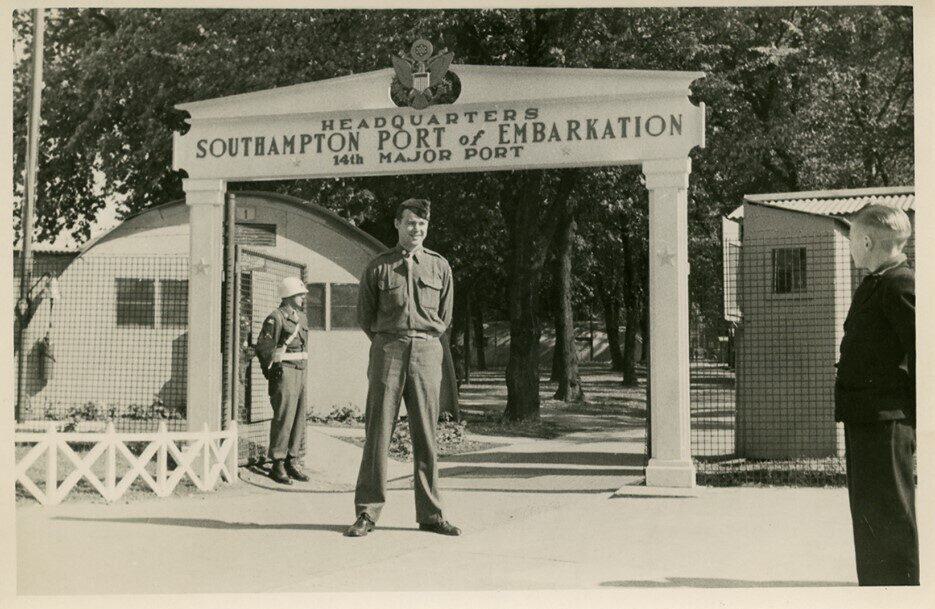
In February 1944, the United States Army took over the port, designating it as the 14th Major Port of Transportation Corps.
Southampton was transformed into a massive military camp, hosting thousands of troops.
Pressure on accommodation in the city was intense, all spare open space was used to house the soldiers as allied troops camped on Southampton Common and Hoglands Park. American Forces were billeted at available buildings across the city, including the Civic Centre and the Star Hotel.
Image ©Maritime and Local History Collection
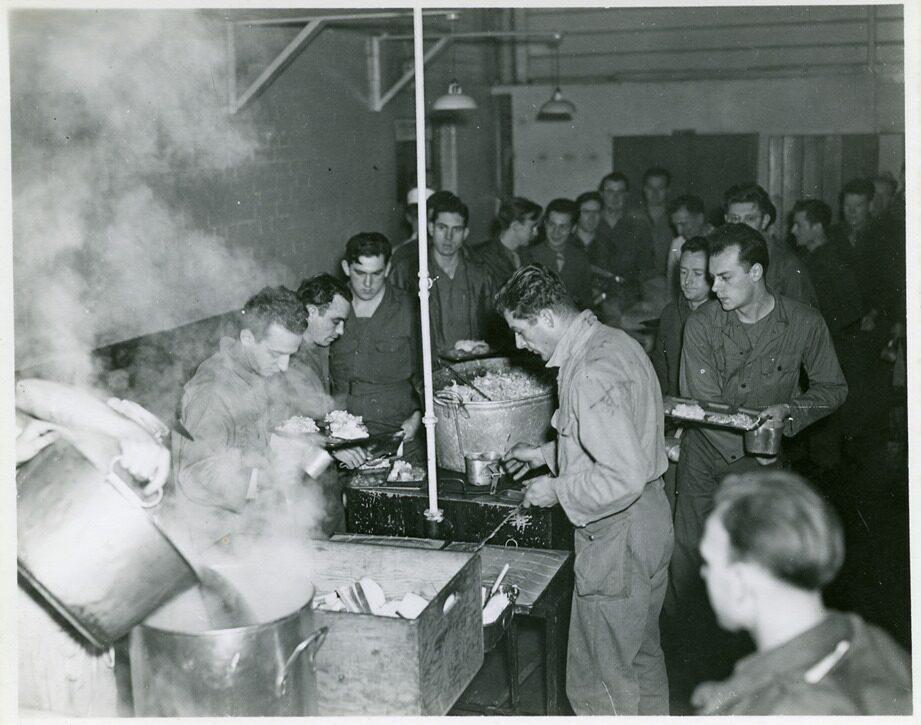
The South Western Hotel served as the headquarters for Combined Operations Military Movement Control and hosted meetings between Winston Churchill and Dwight D. Eisenhower.
Educational establishments were also used for different purposes: secondary schools were requisitioned as mortuaries, King Edward VI School was used as a barracks, and Richard Taunton School became a prisoner of war camp.
From February to May 1944, the port played a crucial role in unloading US Army cargo, making it the third largest discharge port worldwide at that time.
Image ©Maritime and Local History Collection
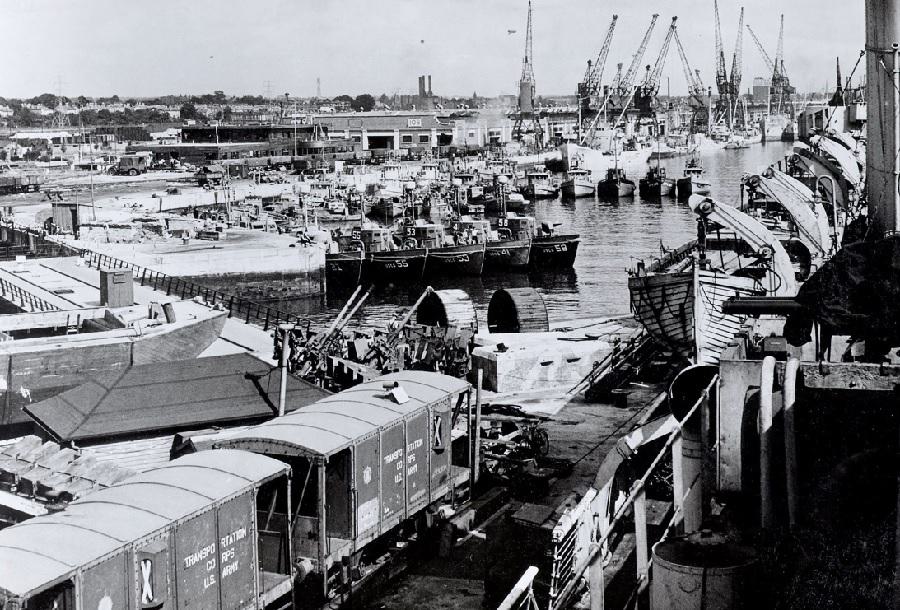
In mid-May 1944, the port was closed to get ready for the D-Day invasion.
This involved building the Mulberry Harbours, transforming merchant ships into block ships, assembling raft barges and unloading invasion supplies.
The Eastern Docks were used for larger ships, while the Western Docks housed landing craft, and Southampton Town Quay had several embarkation points for troops boarding the landing craft.
Image ©Maritime and Local History Collection
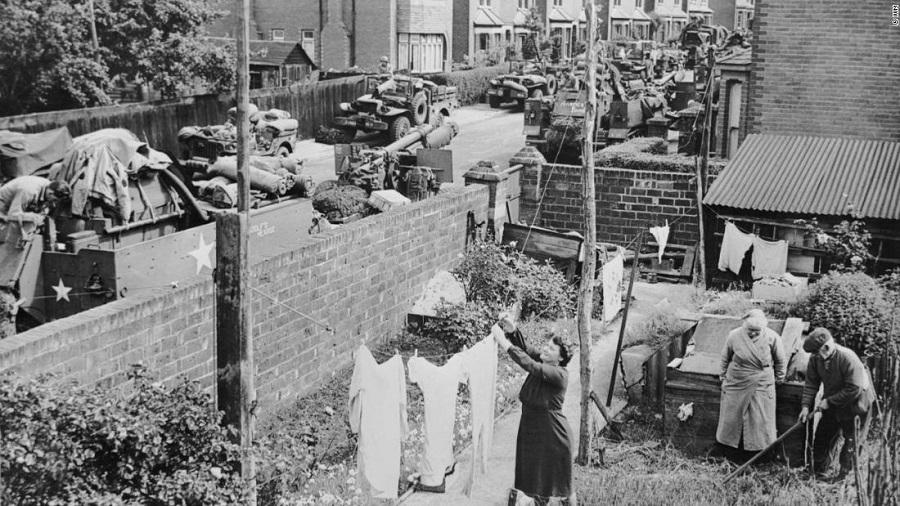
The people of Southampton contributed greatly to all these activities.
This included factory, shipyard and dock workers making landing craft, munitions and loading supplies and weapons for the allied troops, ready to be transported across the channel for the Normandy landings.
As D-Day neared, military vehicles and guns were hidden along the streets with the help of trees and camouflage netting.
Image ©Maritime and Local History Collection
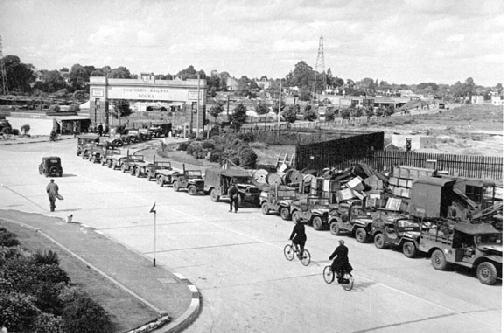
Soldiers practiced urban warfare in the bomb-damaged streets.
Barges, motor transport vessels, coasters, and tankers were loaded with ammunition, vehicles and supplies, all anchored in the Solent's inlets and rivers in preparation for D-Day.
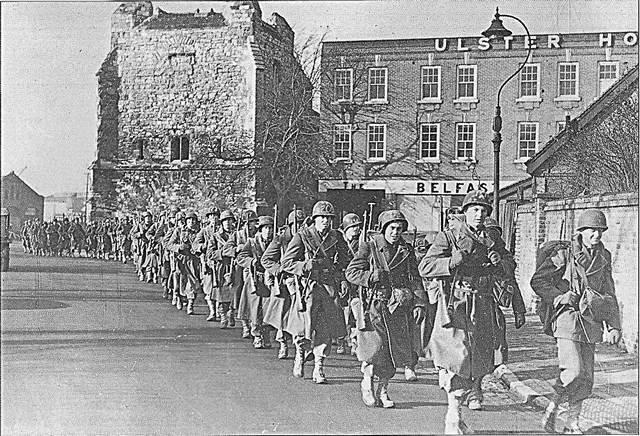
Out of all those who took part in the initial assault, an incredible two thirds sailed from Southampton - around 3.5 million American, Canadian, and British service personnel.
The city, which had endured a terrible attack in the early years of the war, answered the call to arms and played a crucial part in Operation Overlord.
Following D-Day, Southampton remained in constant use as wounded soldiers returned and prisoners of war arrived.
Troops continued to embark to Normandy until the end of the war.
Image ©Maritime and Local History Collection
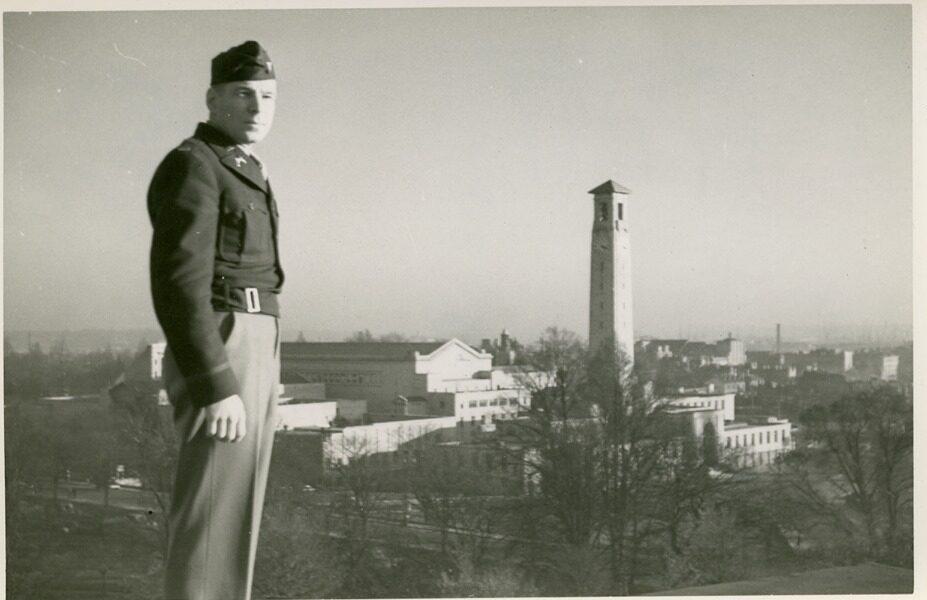
You can find out more about Southampton's role in D-Day on the Southampton Stories website which features content from Southampton Museums Archive.
Image ©Maritime and Local History Collection